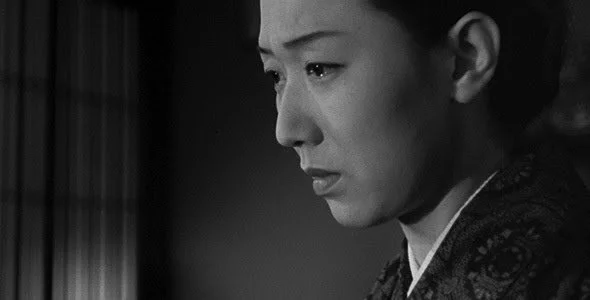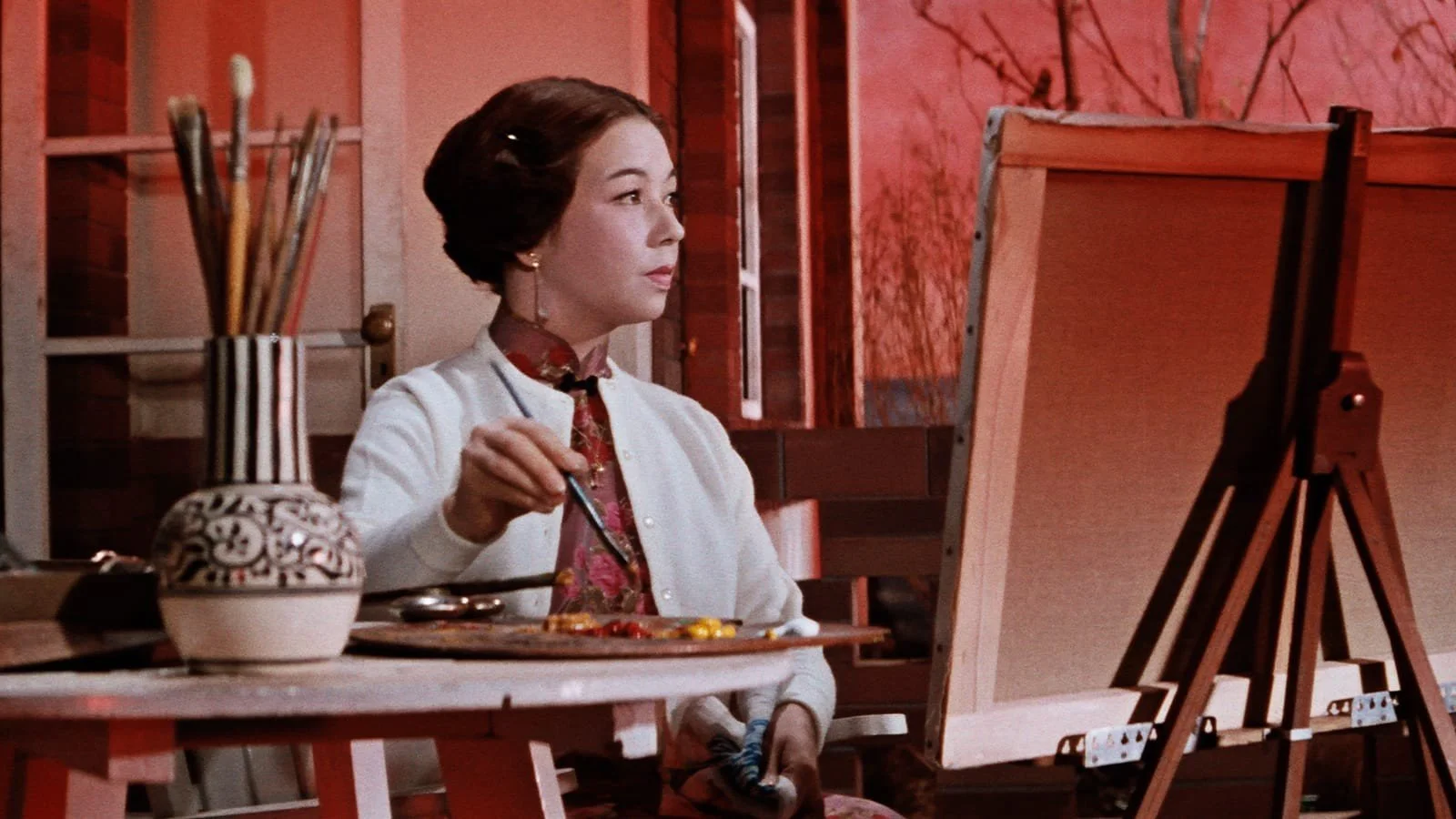Stir Cheat Sheet: 6 films to catch at The Cinematheque's retrospective on pioneering female filmmaker Tanaka Kinuyo
Famous as an actor, the postwar Japanese director crafted films centred around strong women
The Moon Has Risen
The Cinematheque presents Tanaka Kinuyo, Director until June 13
IT’S HIGH TIME the films of the late Tanaka Kinuyo got their due. That’s the driving force behind an acclaimed touring retrospective of the pioneering Japanese director’s works. All have been restored, hitting The Cinematheque this month after engagements at fests in Cannes, Tokyo, and elsewhere. The project was a decade in the making.
Each of the six films showing here centres on a unique, fully fleshed-out female character, often navigating a complex, postwar world. Some of the taboo subjects Tanaka tackled? Prostitution, breast cancer, and forbidden love. The films still feel strikingly contemporary, each tonally distinct. They were shot by Tanaka, who was a celebrated actor in more than 250 movies herself, between between 1953 and 1962. She died in 1977.
Here is a guide to this rare chance to see all six movies—ones that were almost lost to history—by Japan’s first female filmmaker of the postwar period.
Love Letter, 1953
Tanaka’s black-and-white debut raised eyebrows with its controversial premise: a veteran who ghostwrites love letters from Japanese women to their American G.I. paramours wrestles with the fact that his former flame has been in a relationship with a U.S. soldier. It’s a subtle critique of the stigma against “fallen women” who became mistresses or prostitutes to American GIs to survive in postwar Japan—and the hypocrisy of that time and place.
The Moon Has Risen, 1955
A comedy based on a script gifted to Tanaka by her collaborator and mentor Yasujiro Ozu, The Moon Has Risen is about three daughters who force their father to confront Japanese society’s rapidly changing values—especially as they relate to marriage—all set in the bucolic and gorgeously shot town of Nara. (Watch for the filmmaker herself, playing the clan’s maid.)
Eternal Breasts (or Forever a Woman), 1955
One of Kinuyo’s greatest achievements, centring on what must have been an unthinkable topic: breast cancer. Here, a tanka poet struggles with the illness in one of the first films ever to show a mastectomy. Aside from the revolutionary subject matter, Eternal Breasts is full of deftly composed shots; witness one in a traditional Japanese furo (bath shed), where Nakajo Fumiko (a feisty Tsukioka Yumeji) encourages her friend to look at her scars as the steam rises to a sliding screen window.
The Wandering Priness
The Wandering Princess, 1960
In Tanaka’s first Cinemascope colour film, the eldest daughter of an aristocratic Japanese family enters into an arranged married with Futetsu, younger brother of Puyi, Manchuria’s Qing Dynasty emperor (and the subject of The Last Emperor). Based on the best-selling autobiography of Hiro Saga, it’s a sweeping historical saga starring Machiko Kyō, from Kurosawa’s Rashōmon. Heartbreaking romantic melodrama meets war epic, with some ravishingly composed tableaux (see the rose-hued painting scene pictured above).
Girls of the Night, 1961
Back to gritty black and white, here’s a strikingly nonjudgmental and empathetic look at sex workers, during Japan’s drive to reform them via the 1956 Prostitution Prevention Law. The film tells the story of a young woman who lives in one of Japan’s newly established rehabilitation centres. Tanaka’s sharp critique reportedly arose from her and screenwriter Tanaka Sumie’s research into the correctional homes and interviews with their wards.
Love Under the Crucifix, 1962.
A sumptuous 16th-century period drama shot in vivid colour, Tanaka’s final film focuses on religious persecution and an erotically charged but doomed romance between two married lovers. Set in 16th-century Japan during the persecution of Christians, it focuses on one of her strongest characters—the willful daughter of a tea master—who pines for a pious samurai. Another testament to Tanaka’s deep knowledge of the power of acting, this time on a grand, heightened scale.















